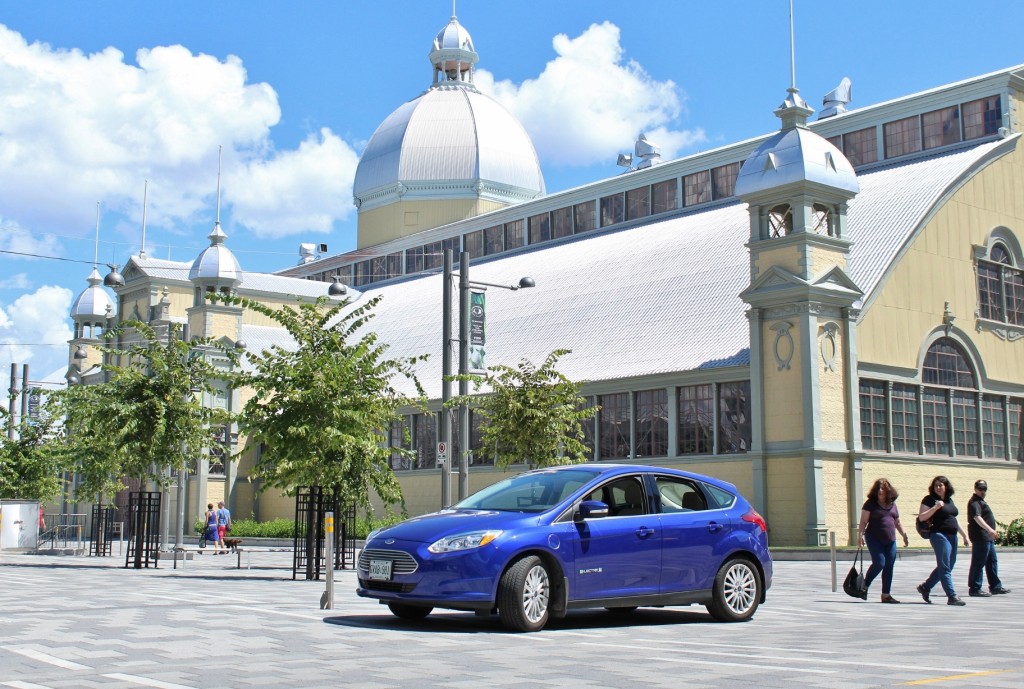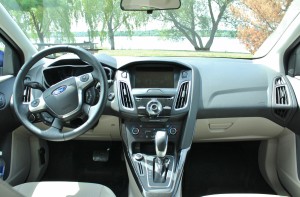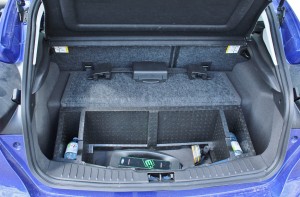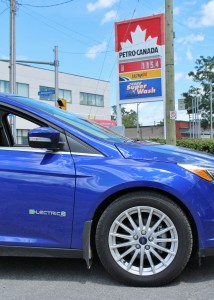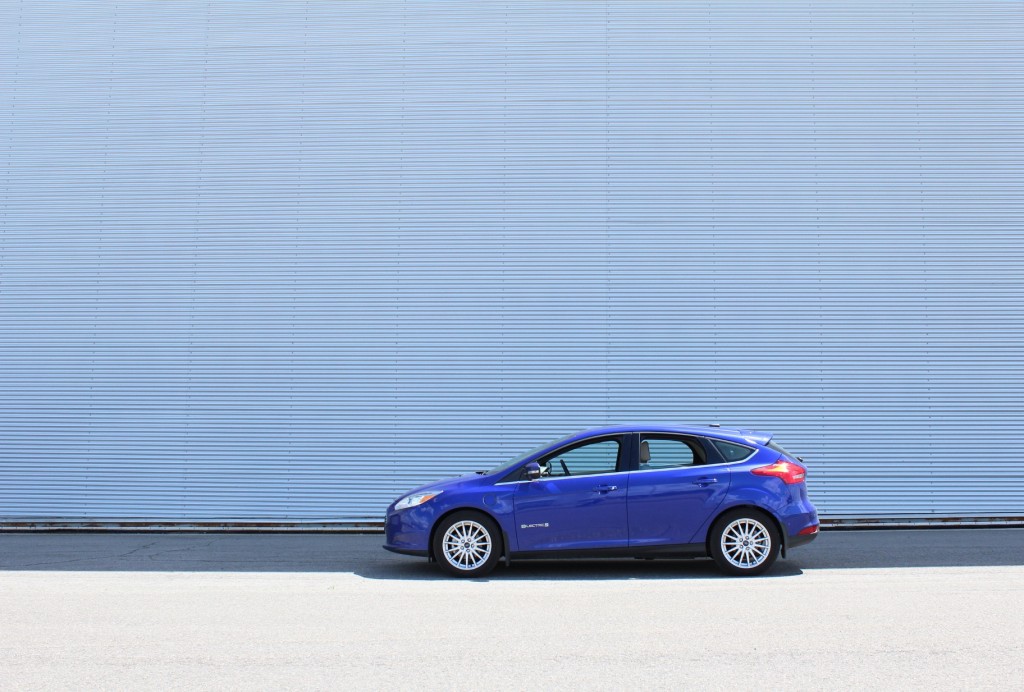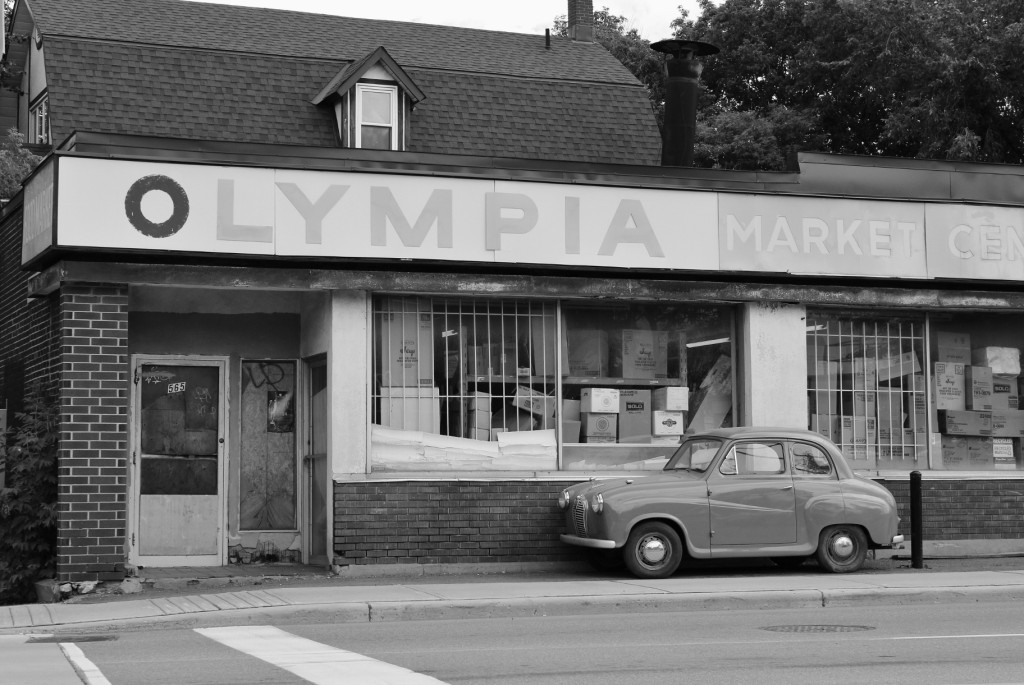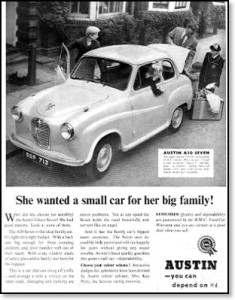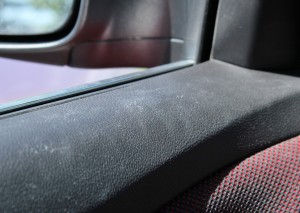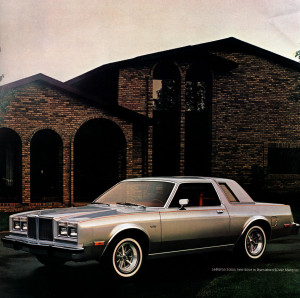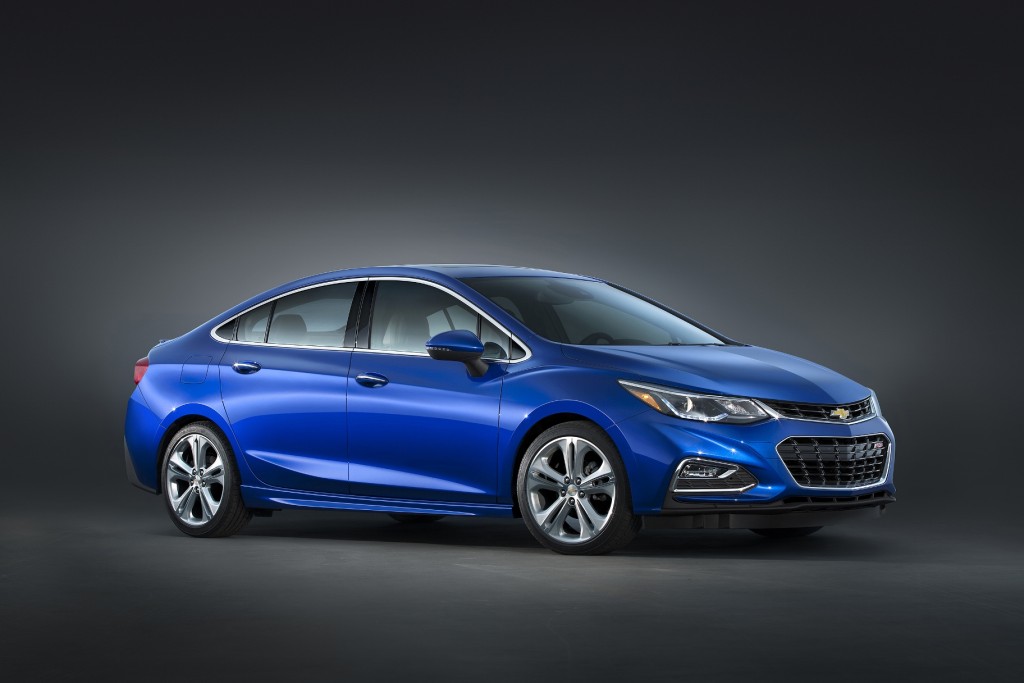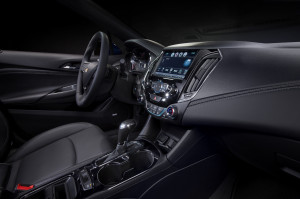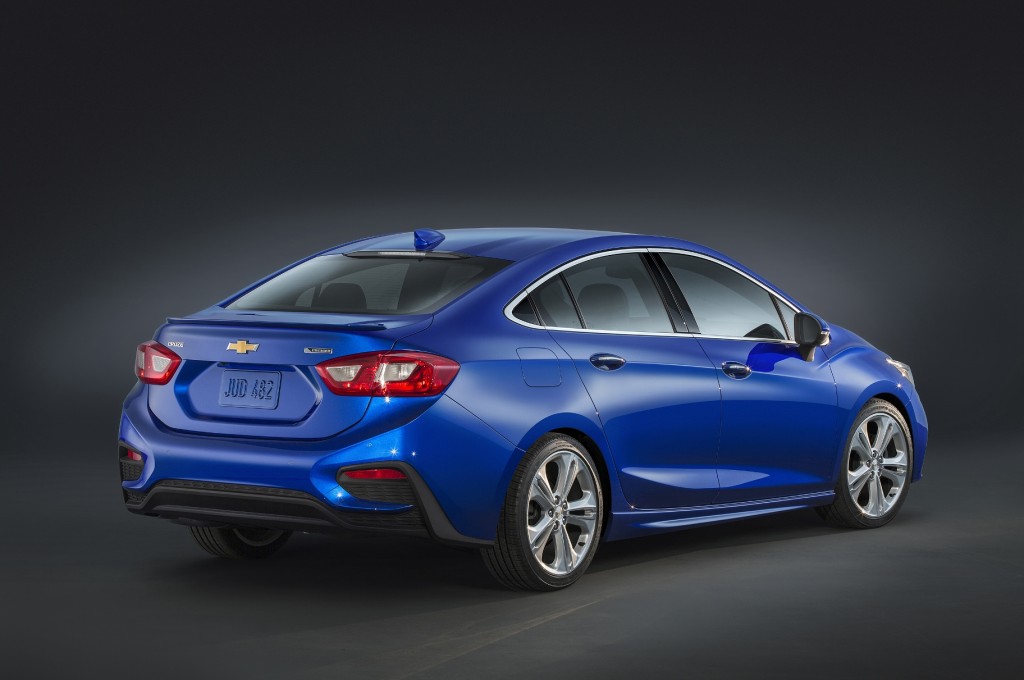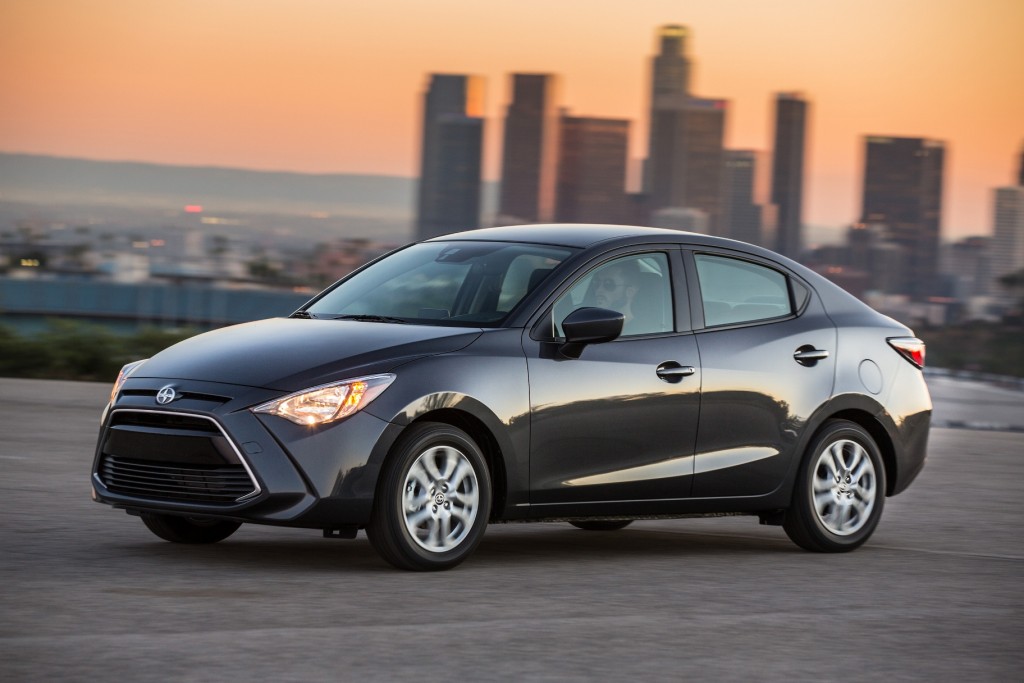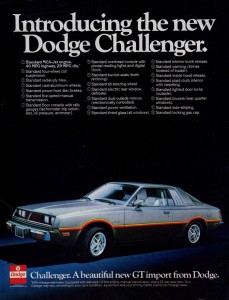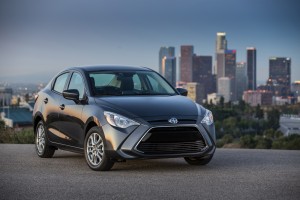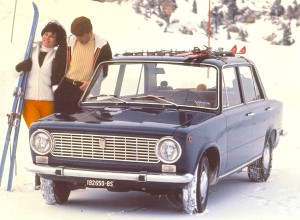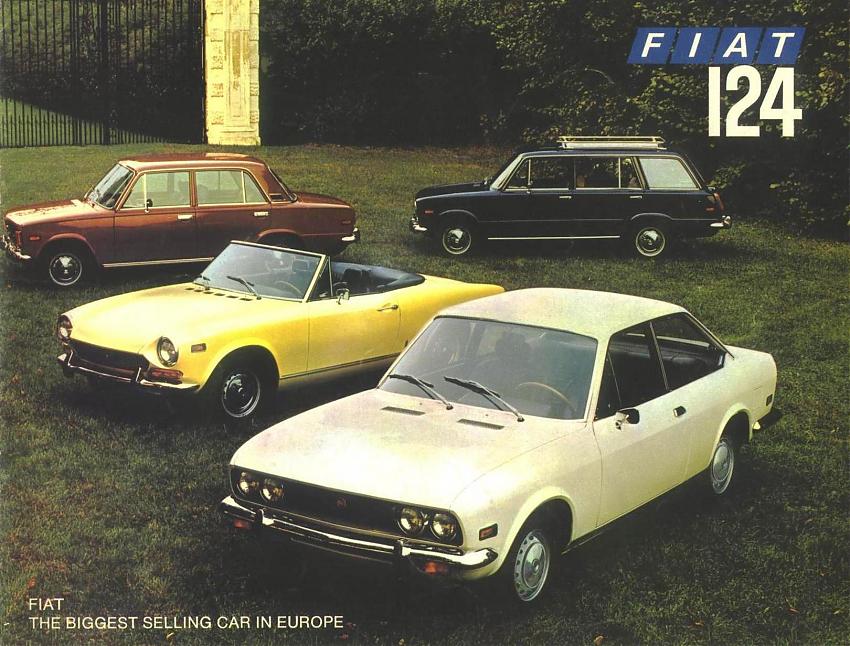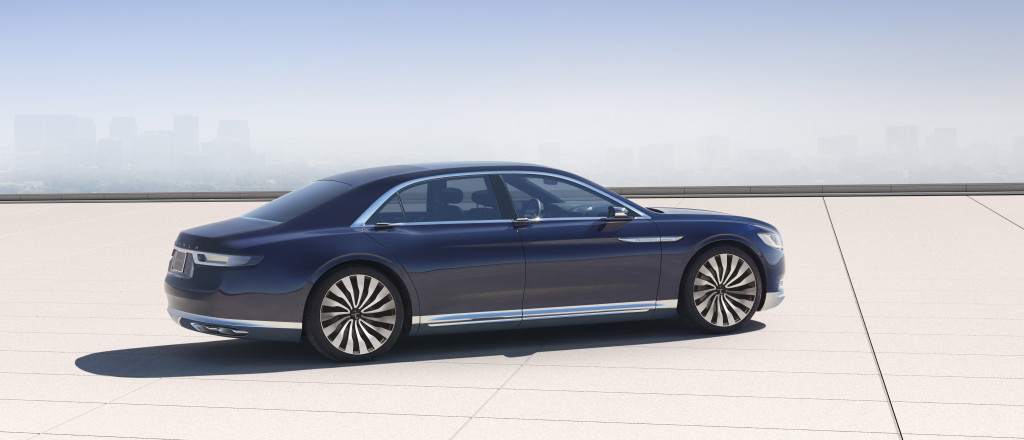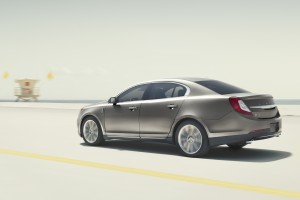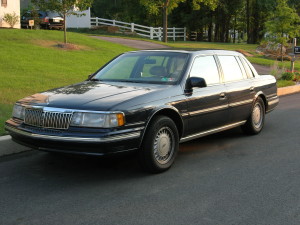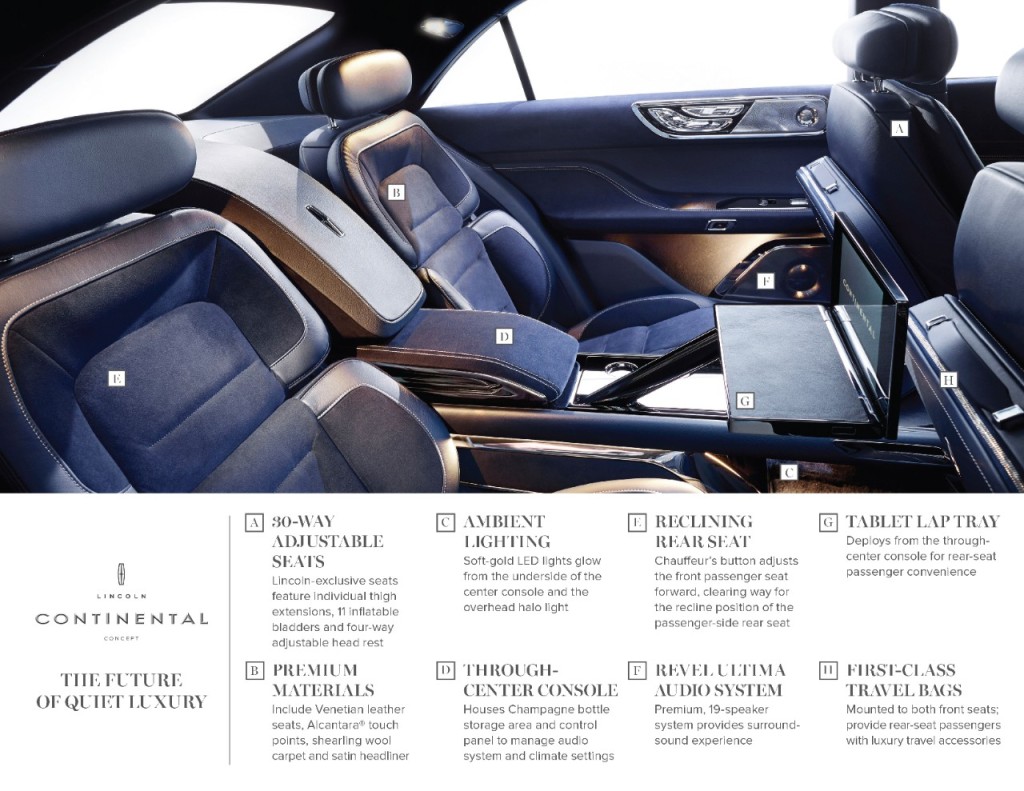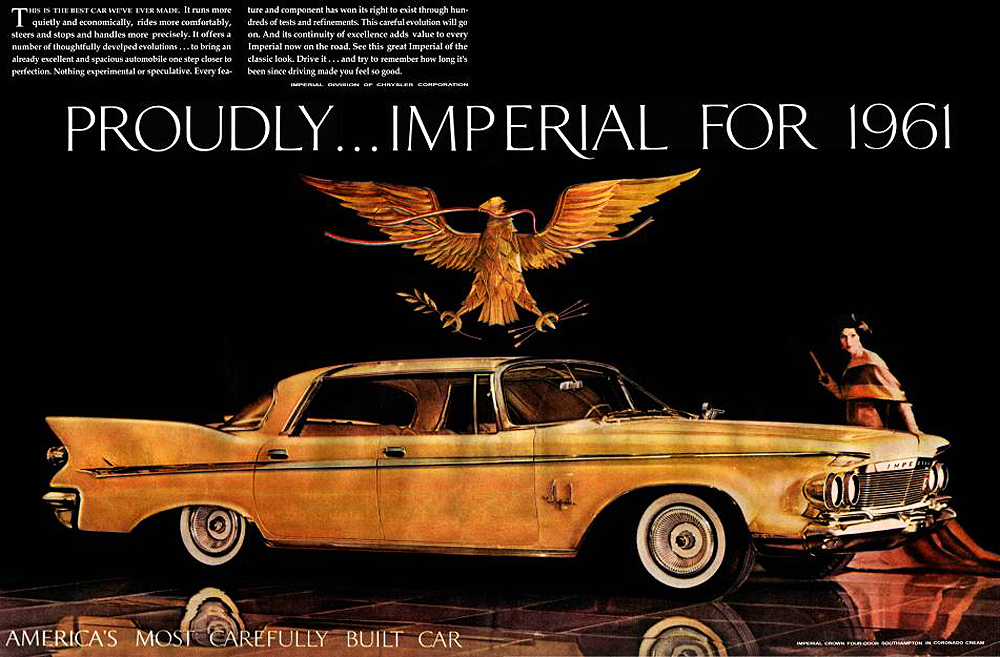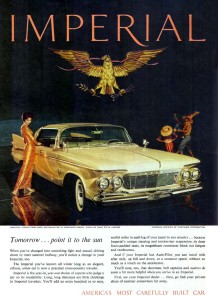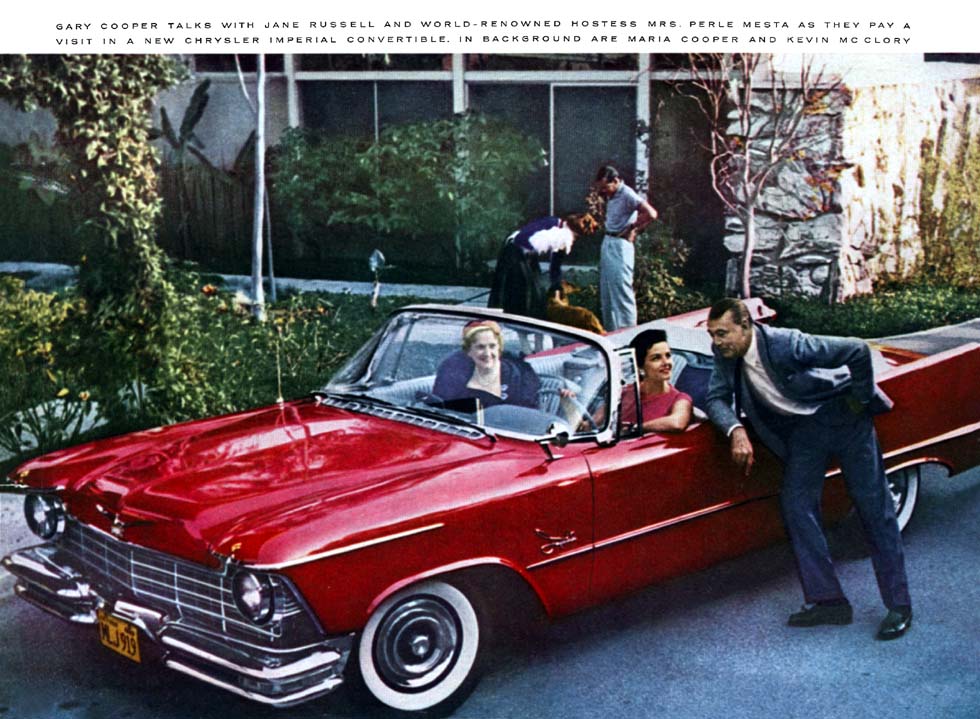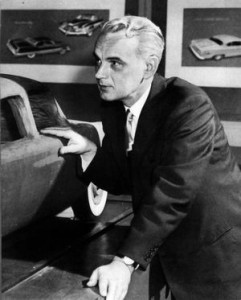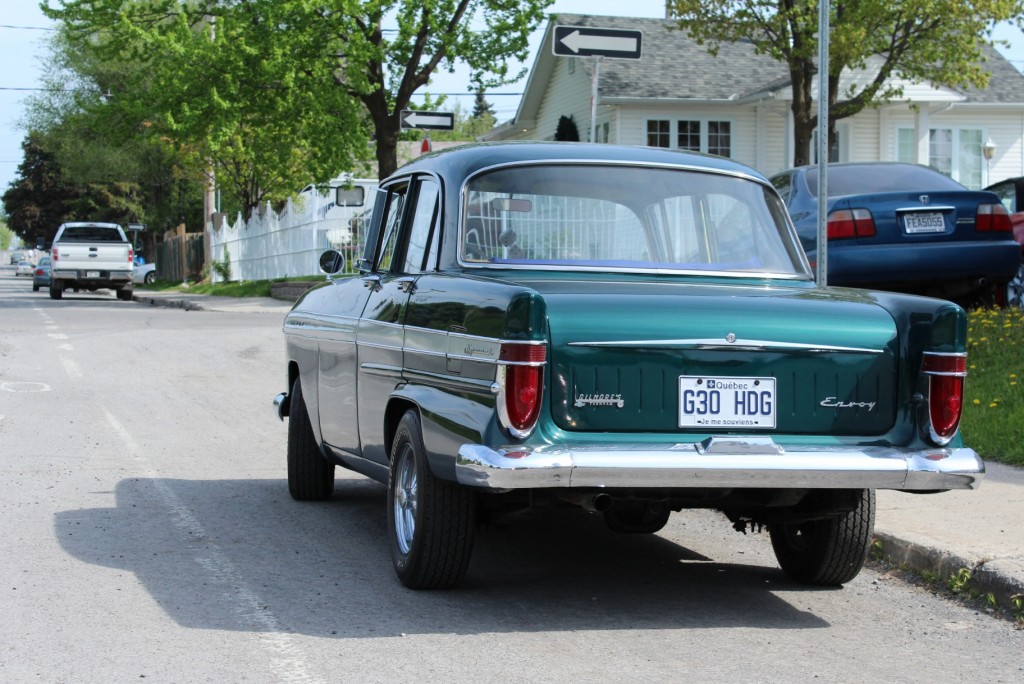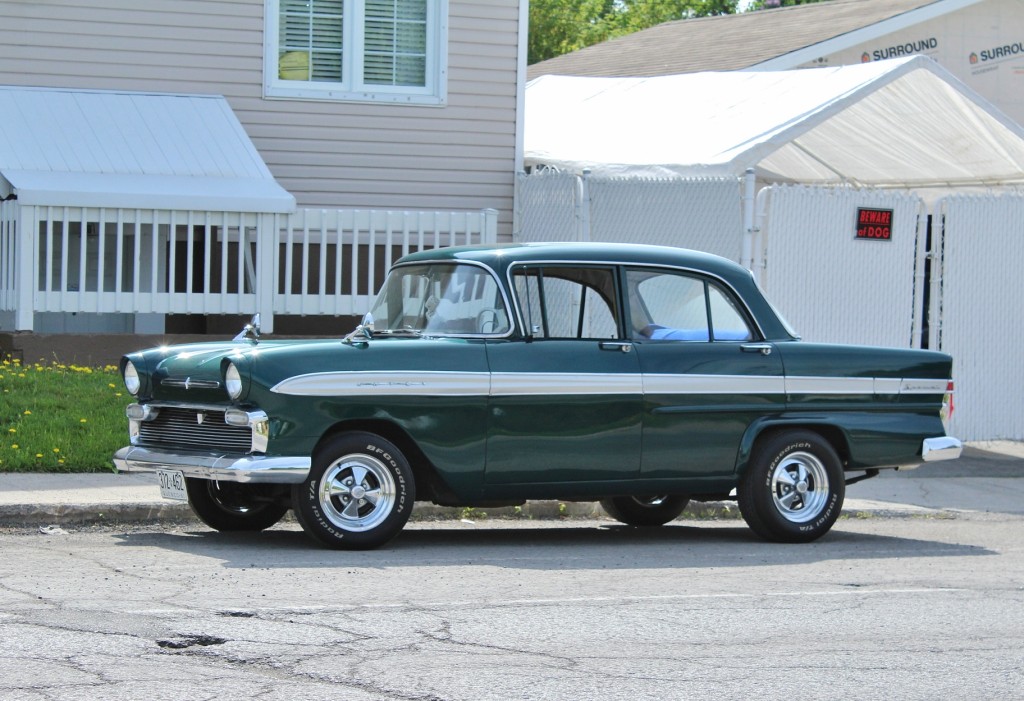Range anxiety is real, but so are an EV’s advantages
If you’re a good and honourable person, you’ve already read the review of the 2015 Ford Focus Titanium in these pages.
Imagine now, for a second, that the engine from that competent tester was stripped out and replaced by a 107 kWh electric motor, and the trunk partially filled with a 23 kWh lithium-ion battery pack. Add in the Focus’ 5-door hatch body style, and that’s what you have here.
The Ford Focus Electric has been on the market since 2012, and represents one of the few all-electric models available today – certainly, a rarity in the North American scene.
This model does away with the range-extending on-board generators seen in more popular plug-ins, including those made by Ford (C-Max Energi, Fusion Energi), appealing instead to urban car buyers seeking a zero emission runabout.
A long weekend in the city seemed as good an opportunity as any to put the Focus Electric through its paces while keeping a few gallons of oil in the ground.
With an EPA-certified factory range of 76 miles (122 km), there was no doubt that range anxiety was going to join sunshine on the weekend’s forecast. More on that later.
The test of the gas-powered Focus showed the compact to be a comfortable and put-together little vehicle with pleasant road manners.
Those qualities don’t disappear just because a battery has replaced the fuel tank – the Focus Electric, with its mid-level trim and gadgetry, performed (and coddled) just fine.
A rear-mounted battery adds about 300 kilograms to the vehicle’s curb weight, while the lack of internal combustion engine up front alters the weight distribution, moving it rearward.
You’d likely only feel the difference if you took the car on the track – the taught steering and compliant suspension does a good job at covering up any differences between the two.
The Focus Electric boasts 143 horsepower and 184 lb-ft. of torque from its powerplant, seamlessly applied through a 1-speed automatic transmission.
All that torque is available from a standstill – one of the great benefits of an electric motor – making the vehicle feel powerful and buttery smooth.
Electron-based power really shines when pulling a passing manoeuvre or merging, as the Focus Electric rockets to its desired speed with enough authority to push you back in your seat.
It’s tempting to drive the car in a manner that would wring the most fun out of this torquey motor, but hard acceleration comes at a price.
In this case, it gobbles up precious range from a limited supply.
White knuckles: living with a battery life indicator
Though the EPA says 122 km marks the end of the road, the Focus Electric showed a 148 and 155 km range, respectively, following two recharging breaks. That’s a little better, but nothing near the nearly 500 km range offered by more expensive EVs like the Tesla Model S.
That said, the price of a Focus Electric ($32,505 Canadian, before applicable rebates) undercuts a base Model S by more than half.
To make the most of the vehicle’s range, Ford employs an on-board ‘energy coach’ that monitors the braking, acceleration and cruising habits of the driver and rates them via an electronic display to the left of the speedometer.
The amount of power recaptured through coasting and regenerative braking is also displayed next to a thermometer-style battery life indicator.
While gas-powered vehicles shine on the highway when it comes to mileage, the manners of an EV are the complete opposite – highway trips sap range, while stoplight-to-stoplight motoring in the city sees plenty of juice returned to the battery.
It’s a shift in popular wisdom, but keeping to the busier streets helps the Focus Electric go the distance. With the battery indicator always counting down like sand through an hourglass, and with public charging stations still scarce, you’ll want to score high marks with the energy coach on an ongoing basis.
Range anxiety – that psychological affliction born of full-electric vehicles – creeps in during moments when the vehicle consumes more power than budgeted for a trip.
For example, on one 26 km trip from downtown to the suburbs by way of uncrowded parkways and open space, the Focus Electric consumed 44 km of range, despite gentle acceleration and a light foot at cruising speed.
A partial trip back of 16 km, through denser parts of the city that required more braking action, saw just 3 km of range bleed off the battery indicator.
A driver who previously though “I’m about to be stranded!” would now think “I can drive all night on this charge.”
Though seemingly fickle, this behaviour is par for the course for an EV – little changes on the road can make big differences in range, so it’s important to plan ahead and anticipate them.
Charging the Focus Electric is a breeze if you have a 240-volt connection at home, as a full charge takes about four hours. Otherwise, you’ll be spending the whole night plugged into a regular 120-volt wall outlet.
This driver took advantage of a couple of 240-volt civic and institutional plug-in sites to keep the Focus on the road, though a few top-ups were accomplished via 120-volt plugs. The plug, which connects to a nifty glowing charging port on the driver’s side front fender, stows away in the hatch area of the car.
Because of the location of the battery behind the rear seats, cargo capacity inside that hatch is severely hampered in this model.
It’s hard to say whether that would be a deal breaker with some buyers, though in its defence, the car’s rear seats do fold down to make a flat cargo surface.
In terms of viability, the Focus Electric exists to fill certain niches. Whether serving as a second car or a primary urban runabout, the vehicle works so long as the buyer is prepared to live within its limitations.
In Canada, where gasoline prices seem perpetually higher than oil prices would dictate, it gives a driver some satisfaction to be able drive past the pumps without a care as to the price on the sign.
